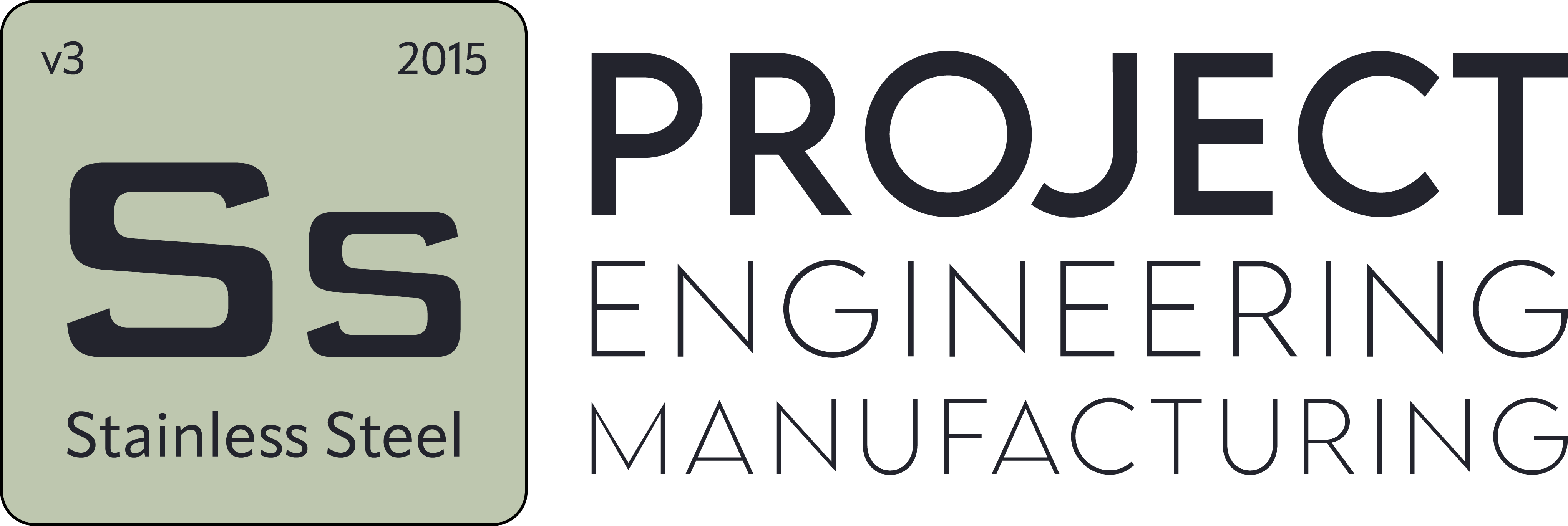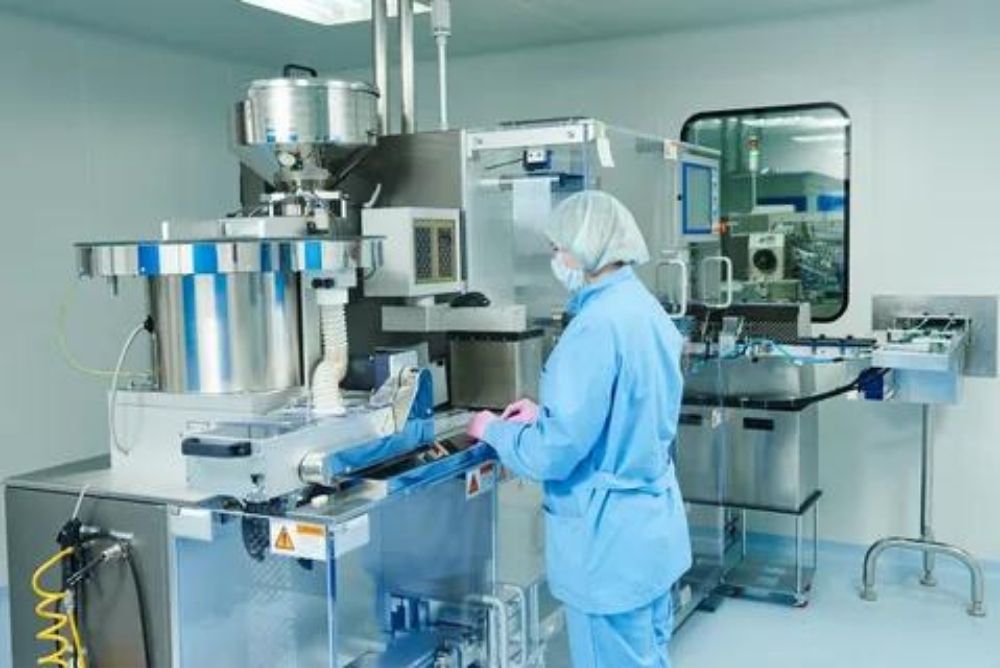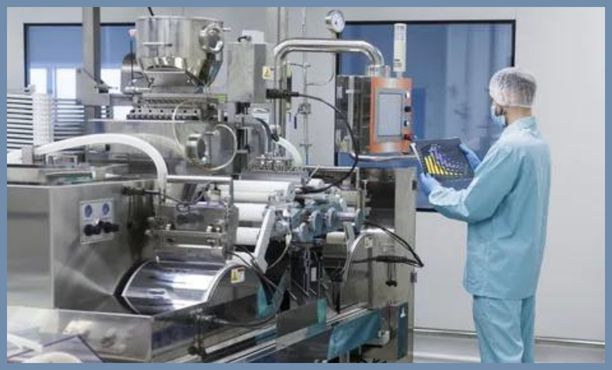PS system design
- Blog
- PS system design
PS system design
Introduction to PS Systems
Pure Steam (PS) systems are crucial in various industrial applications, especially in the pharmaceutical and biotechnology sectors. These systems ensure that the water used in production processes meets high purity standards. PS systems provide high-quality pure steam by removing contaminants and impurities from water. This pure steam is essential for producing medicines, vaccines, and other critical products, making purity a top priority.
Components of PS Systems
The typical components of a PS system are designed to effectively purify and distribute water. These components include:
-
Pre-Treatment Units: Responsible for the initial filtration and conditioning of incoming water, these units usually include sediment filters, activated carbon filters, and water softeners. They remove particles, chlorine, and hardness.
-
Primary Purification Units: These units include advanced technologies such as reverse osmosis (RO) and deionization (DI). RO systems use semi-permeable membranes to remove dissolved solids and contaminants, while DI units eliminate ionic contaminants through ion exchange processes.
-
Secondary Purification Units: Involve processes such as UV sterilization and ultrafiltration. UV systems use ultraviolet light to disinfect microorganisms, while ultrafiltration removes smaller particles and microorganisms.
-
Storage Tanks: Purified water is stored in stainless steel tanks equipped with features like continuous circulation and temperature control to maintain water quality.
-
Distribution System: Consists of pumps, pipes, and valves that transport purified water to various usage points within the facility. The design of this system is crucial to prevent contamination and maintain water purity.
Considerations in PS System Design
Designing a PS system involves careful consideration of several factors to ensure its efficiency and effectiveness:
-
Water Quality Requirements: The system must be designed to meet the specific purity requirements of the application. This includes selecting appropriate purification technologies and establishing effective pre- and post-treatment processes.
-
System Capacity: The capacity of the PS system should match the water demand of the facility. This requires designing the system to handle peak usage times and fluctuations in water demand.
-
Regulatory Compliance: The system must adhere to industry standards and regulations, such as those set by the FDA or EMA. Compliance ensures that the system meets Good Manufacturing Practices (GMP) and other relevant guidelines.
-
Maintenance and Cleaning: The design should facilitate easy maintenance and cleaning of system components. This includes incorporating features like Clean-In-Place (CIP) systems and ensuring accessibility for inspection and service.
-
Energy Efficiency: Energy consumption is a significant consideration in PS system design. The system should be designed to minimize energy use while maintaining optimal performance. This includes selecting energy-efficient components and optimizing operational settings.
Purification Technologies in PS Systems
To ensure high water quality, various purification technologies are used in PS systems:
-
Reverse Osmosis (RO): RO is a fundamental technology that effectively removes dissolved solids, salts, and other contaminants from water using a semi-permeable membrane.
-
Deionization (DI): DI removes ionic contaminants from water through ion exchange resins. This process eliminates dissolved salts and minerals.
-
Ultraviolet (UV) Sterilization: UV sterilization uses ultraviolet light to inactivate microorganisms, ensuring microbiological safety of the water.
-
Ultrafiltration (UF): UF removes larger particles and microorganisms using membranes with specific pore sizes. This technology provides an additional layer of filtration.
-
Electrodeionization (EDI): EDI combines ion exchange and electrochemical processes to produce ultra-pure water. It is often used in conjunction with RO systems to achieve high purity levels.
Installation of PS Systems
Proper installation of a PS system is crucial for performance and longevity. Key considerations during installation include:
-
Site Preparation: The installation site must be prepared to accommodate the system’s components. This includes allocating space for pre-treatment units, purification units, storage tanks, and distribution systems.
-
System Assembly: Components should be assembled according to the manufacturer’s specifications. Ensuring secure connections and correct configuration is vital for system performance.
-
System Testing: Before operation, the system should undergo comprehensive testing to verify that all components function correctly and that performance standards are met.
-
Training: Personnel should be trained in the operation and maintenance of the PS system. This ensures effective use of the system and prompt resolution of any issues.
Maintenance and Operation of PS Systems
Effective maintenance and operation are essential for the optimal performance of PS systems. Key aspects include:
-
Regular Monitoring: The system should be continuously monitored to ensure it operates within specified parameters. This includes monitoring water quality, system pressures, and flow rates.
-
Routine Maintenance: Regular maintenance tasks include cleaning filters, checking for leaks, and calibrating sensors. Preventive maintenance helps avoid unexpected failures and extends system life.
-
Troubleshooting: Operators should be able to identify and resolve common issues, such as drops in flow rates or deviations in water quality. Timely intervention helps prevent more serious problems.
-
Documentation: Accurate records of maintenance activities, system performance, and water quality are essential for regulatory compliance and quality assurance.
Regulatory and Quality Standards for PS Systems
Compliance with regulatory and quality standards ensures that PS systems meet safety and purity requirements. Relevant standards include:
-
Good Manufacturing Practices (GMP): GMP guidelines provide a framework for the consistent operation and quality of PS systems. They cover system design, operation, and maintenance requirements.
-
FDA Regulations: The U.S. Food and Drug Administration (FDA) sets standards for the purity of water used in pharmaceutical manufacturing. Compliance ensures the water meets safety and quality criteria.
-
EMA Guidelines: The European Medicines Agency (EMA) provides similar guidelines for pure steam production in Europe. Adhering to EMA standards ensures international compliance.
Future Trends in PS System Design
Advancements in technology are shaping the future of PS system design. Notable trends include:
-
Integration of Smart Technologies: The incorporation of Internet of Things (IoT) sensors and data analytics enhances monitoring and control of PS systems. These technologies provide real-time data and insights.
-
Sustainability: There is a growing emphasis on sustainability in PS system design. This includes using energy-efficient components, recycling water, and minimizing environmental impact.
-
Modular Design: Modular design approaches offer scalable and flexible PS systems that can easily adapt to changing needs.
-
Advanced Automation: Automation is increasingly being applied to streamline operations, reduce manual intervention, and improve overall system efficiency.



